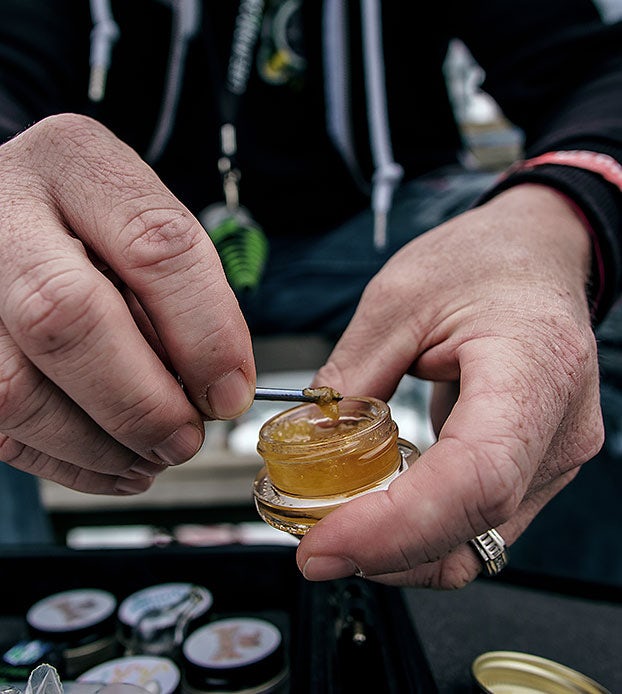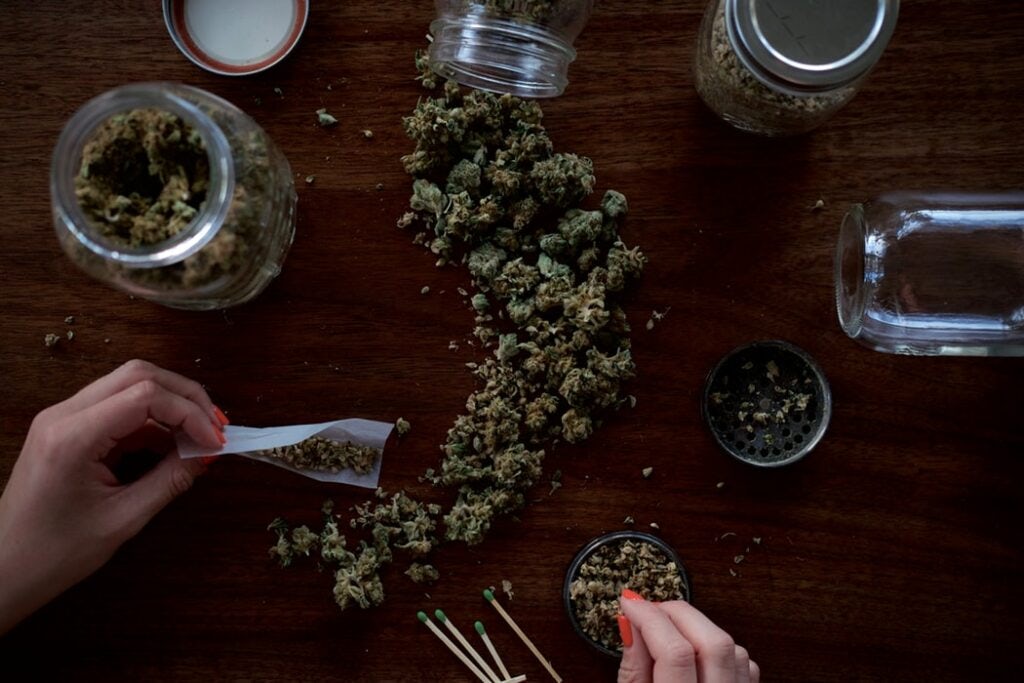Today’s market offers a multitude of devices and accessories that can be used to make inhaling cannabis simple and effective. There are basically three methods of cannabis inhalation: Vaping, smoking and dabbing.
Although each method requires different equipment, they all work by the same principle: cannabis products are heated, converted into gases, and then inhaled. This allows for cannabinoids and other therapeutic compounds to enter the bloodstream and begin to interact with the endocannabinoid system.
In smoking, cannabis flowers or concentrates are ignited in order to turn them into a smoke that can be inhaled. This is achieved by using different kinds of pipes, though the cannabis flowers can also be rolled and smoked like a cigarette.
In vaping, cannabis products are heated to a point where they release their active compounds into the air without turning them into smoke, but rather a vapor that is easier to inhale and is less damaging to the lungs. Vaping uses more complex equipment that leverages the technological developments of our time to offer a softer experience that is ideal for beginners. Vaporizers can come in all shapes and sizes, from table-tops, to portable vaporizers and vape pens.
Dabbing stands as a middle ground between the two and is a more advanced technique that requires the user to ‘dab-rig’ to achieve a faster intake time and stronger dosage.
Not every piece of medical marijuana gear is fit for everyone, so let’s check out the main equipment behind cannabis inhalation so you can find out which best fits your needs.
Vaping
Vaporizers are the main devices used in vaping. They consist of three parts: a chamber where the cannabis product is inserted, a mechanism that produces heat to the chamber, and a mouthpiece or tube through which the vapor produced is inhaled by the user
Vaping is generally considered to be healthier than smoking because the inhaled gases are cooler and contain a cleaner, purer version of cannabis’ active compounds. However, most physicians agree that any kind of foreign substance introduced to the lungs can cause some degree of damage to the respiratory tract. For patients who find inhalation to be the most convenient delivery method, vaping will cause less damage to the lungs than smoking.
Vaping Materials: What Can Be Vaped?
Cannabis products come in different forms and there are many different products that can be inserted into a vaporizer’s chamber to be vaped.
Dry cannabis flowers, cannabis concentrates (like wax and dabs), cannabis oils and e-liquids can all be vaped, although each vaporizer should support each kind of material. Some vaporizers are hybrid, which means they can vape two or more types of cannabis products.
Conduction vs. Convection
Vaporizers work in two ways.
Conduction vaporizers heat up the vaping materials by placing them in direct contact with a source of heat, the same way a steak is fried in a frying pan. Convection vaporizers, on the other hand, heat up the marijuana products by exposing them to a hot fluid (usually a hot stream of air, or steam).
Convection vaporizers heat more evenly, but they can take longer to release cannabis’ active compounds into the smokable vapor. Conduction vaporizers are usually less expensive and work faster since the heat is transferred to the product more directly. However, conduction leaves a chance of burning some parts of the product, which can produce smoke. This isn’t possible with convection vaporizers.
Table-Top Vaporizers
Desktop vaporizers were the original vapes until portable vaping units were invented. They usually provide a comfortable way of vaping and offer a consistent experience through a robust piece of machinery. They’re fairly big, chunky household utilities designed to be kept at home, usually plugged-into a power outlet, although some come with batteries.
Since designers don’t have to invest effort in making these products portable, desktop vaporizers are able to include some of the best features like dual chambers (to vape both dry flowers and concentrates), conduction and convection capabilities and a precision temperature dial to regulate the heat to which the herbs or concentrates will be exposed.
Some table-top vaporizers release the vapor into a plastic bag, which is then released from the device for inhaling. Others come with a tube and mouthpiece directly attached.
Portable Vaporizers
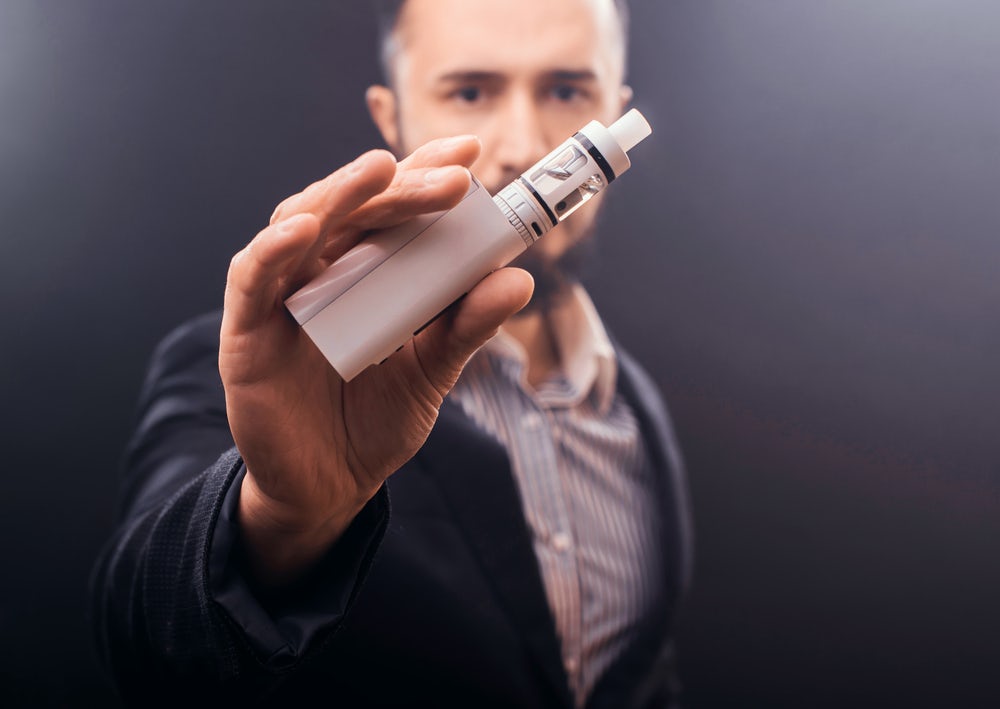
Portable vaporizers offer similar features to table-top vapes, in a much smaller device that can be carried around. They work with batteries and are usually made to vape a single kind of product (either dried flowers or concentrates), though some models offer both alternatives.
Portable vaporizers also come with a temperature dial. They’re usually based on either conduction or convection and offer a discreet alternative for cannabis consumption.
Vape Pens
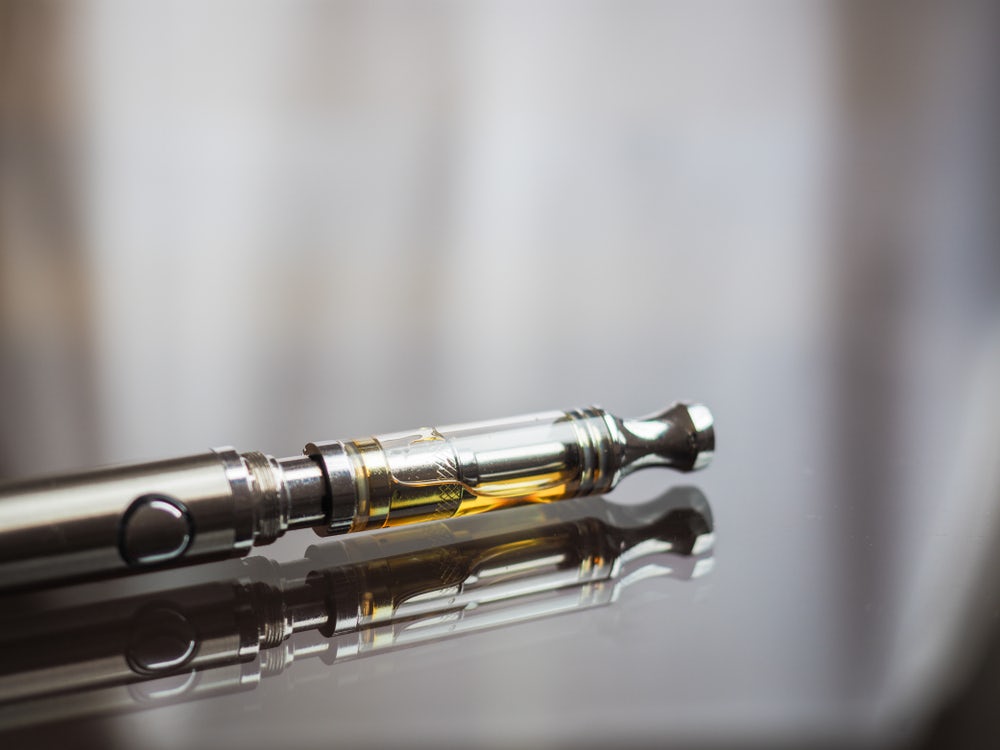
Vape pens are small, portable vaporizers designed to vape. Vape pens became popular a few years ago in the form of e-cigarettes, many of which contain nicotine and are used as an alternative to tobacco products. Cannabis vape pens, however, don’t contain any nicotine. Their mechanism consists of a battery, a mouthpiece and a pre-filled cartridge that is attached to the battery. The battery heats up the material inside the cartridge to produce the vapor that will be inhaled through the mouthpiece. They’re usually less pricey than portable vaporizers, but you need to purchase compatible pre-filled cartridges, which can be filled with cannabis oils, e-liquids or flowers, depending on the vape pen’s model.
Smoking
Although smoking can be less healthy than vaping, many people still choose this method of consumption. It is generally accepted that burning cannabis in order to release smoke also releases tar and other cancerogenes that can be harmful to the lungs and our overall health. So, why is smoking still one of the most popular ways of consuming cannabis?
One of the reasons consumers still choose to smoke instead of vape or dab is because cannabis smoking gear is generally cheaper since it requires less technology. By simply burning the dried cannabis flowers and inhaling the resulting smoke, you can consume cannabis without the use of electronic devices and complex, expensive gadgets. Since smoking cannabis requires less technology, it demands a much smaller investment from the user.
Smoking Materials: What Can Be Smoked?
Dried cannabis buds are the most popular smokable cannabis product. For those cultivating their own cannabis, flowers require no efforts larger than harvesting and leaving them to dry. Dried flowers can also be purchased directly at dispensaries.
Hash, which is a cannabis extract made from the plant’s resinous material, can also be smoked.
Tobacco smokers sometimes choose to mix any of these products with tobacco, although this is not recommended because of the many health hazards associated with tobacco consumption.
Rolling Paper (Joints or Marijuana Cigarettes)
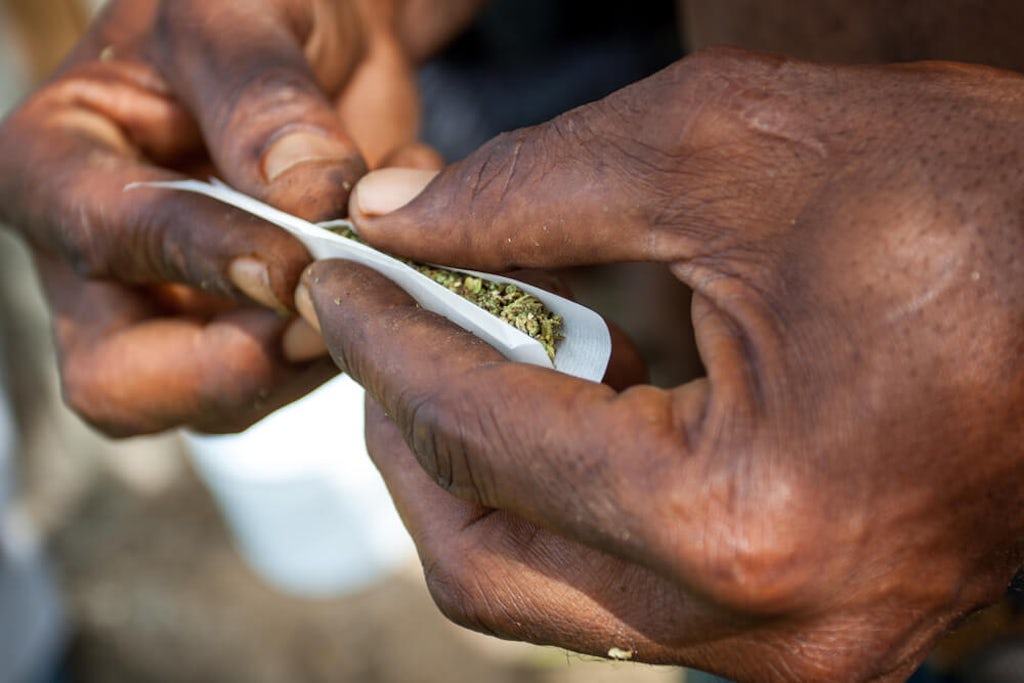
Using rolling paper is a simple way of smoking cannabis. The dried flowers are grinded by hand, with scissors or using a cannabis grinder, then rolled into a small piece of paper that comes with a strip of glue that you lick like an envelope. Some people also include a rolled-up piece of cardboard, or “roach,” on the tip.
Rolling papers can be made from different natural sources like wood pulp, rice paper, and hemp; and they come in a range of sizes.
Bongs
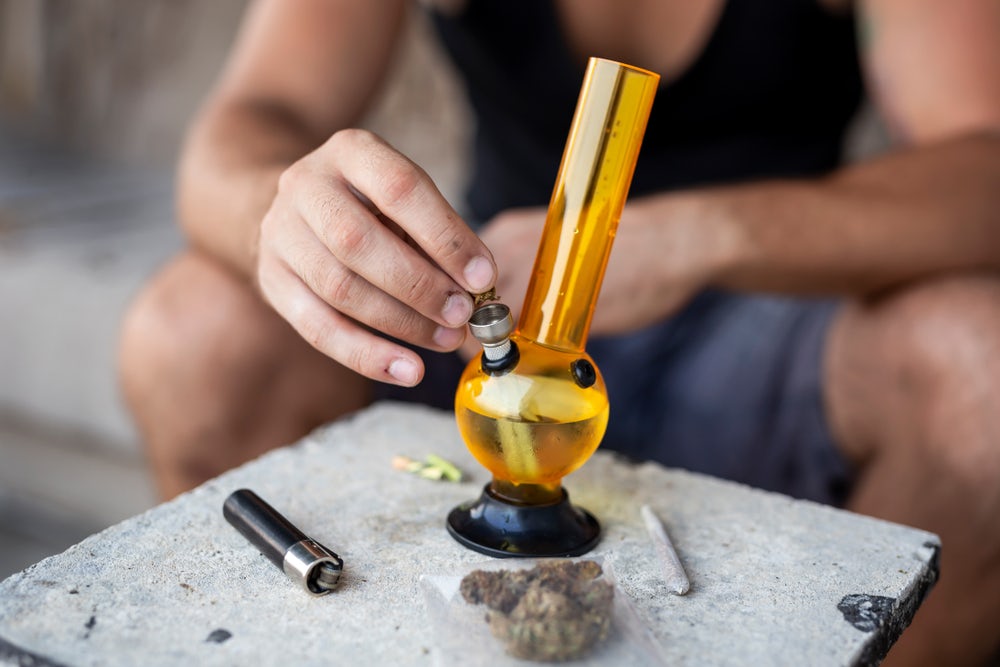
Bongs are pipes that include a chamber that can be filled with water, which allows for smoke to pass through the water (or other liquid) before reaching the lungs. This process is beneficial because the smoke is cooled down by the water, which also catches some of the harmful particles in the smoke. The result is a cleaner, cooler smoke that is easier to tolerate and is less harmful to the lungs.
To use a bong, the user fills the pipe’s “bowl” or “cone piece” with cannabis flowers or hash, then lights them up and inhales while covering a small hole on the side of the device. The water chamber is filled with smoke. Afterwards, the user releases the hole, which pulls air through the bong, and inhales the cooled-down, purified smoke.
Bongs usually come with detachable parts to facilitate cleaning after use and can be made from glass, ceramic or acrylic.
Bubblers

Bubblers are small, single-piece water pipes that are usually made out of glass. Their mechanism is similar to a bong, but they’re smaller and thus more portable and discreet.
Pipes
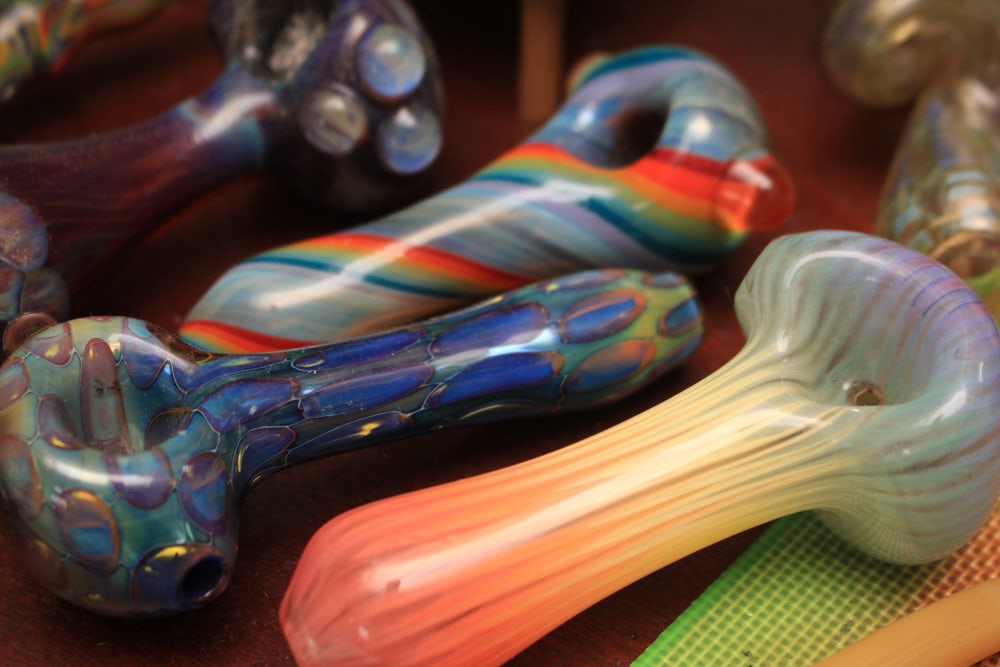
Pipes are simple devices that are used to ignite and smoke herbs or hash. The cannabis material is placed in a chamber where it is lit using an external source of fire like a lighter or matches. The user inhales from the tube to draw the smoke into his or her lungs.
Pipes can be made out of glass, ceramic, metal, wood or other materials, and come in various sizes and shapes.
Grinders
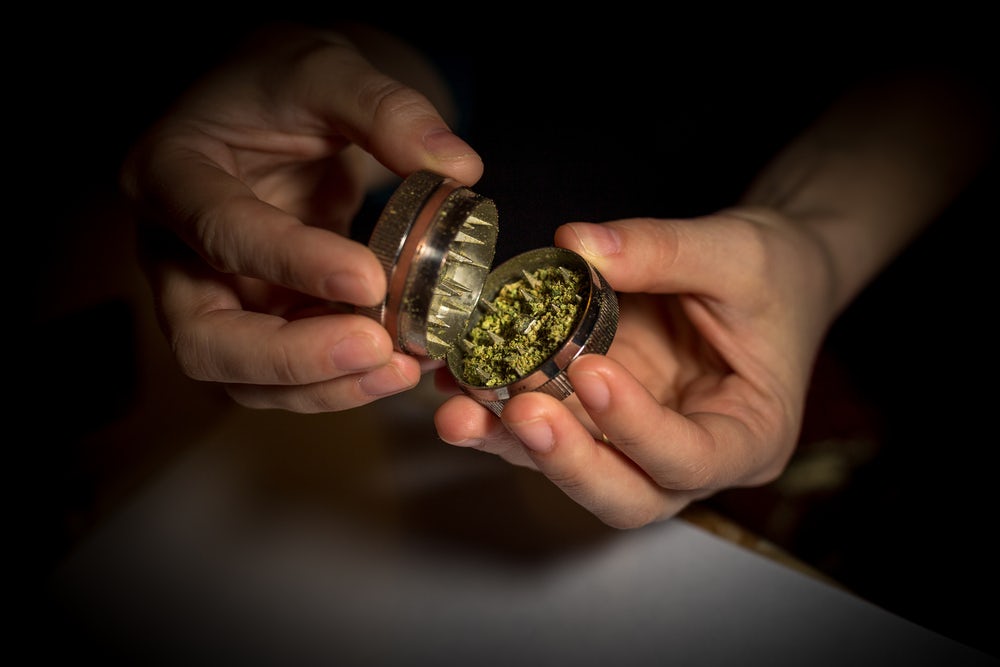
Grinders are small devices used to crumble dried cannabis flowers into smaller pieces that can be rolled up in smoking papers, or smoked in a pipe or bong. Grinders can include a separate chamber that collects the “kief” or crystals that separate from the flower buds, which contain high amounts of active compounds.
Dabbing
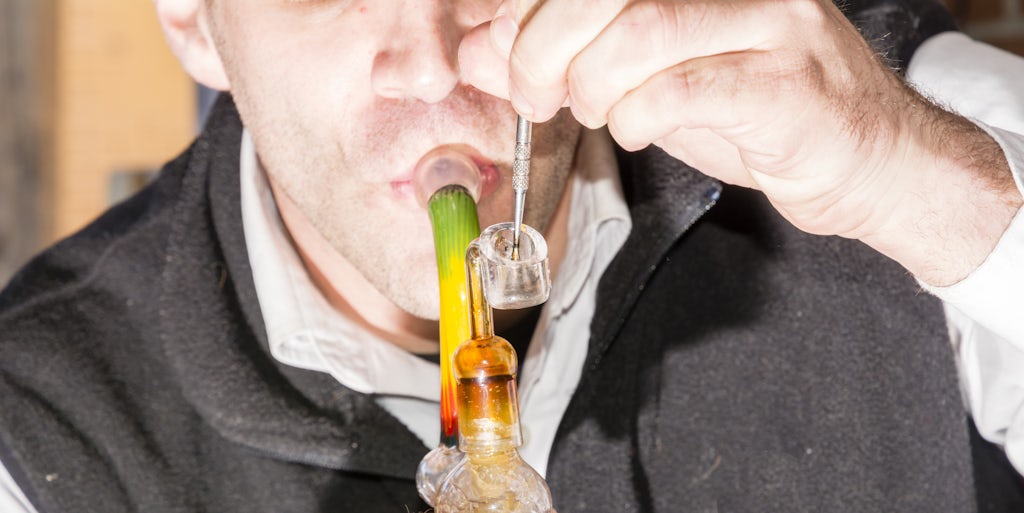
Dabbing is a consumption method used to inhale “dab,” a highly-concentrated sticky oil extracted from cannabis by the use of solvents. These extracts are also referred to as wax, shatter, badder, honey or sauce, depending on their consistency. Some forms of hash can also be consumed by dabbing.
Dabs are very potent cannabis concentrates that contain high amounts of cannabinoids, terpenes, and flavonoids. When these extracts are inhaled by the use of a dab rig, they provide a very strong, immediate effect.
Dabbing is an advanced technique that requires experience and is not recommended for beginner consumers. It is used mainly to achieve strong psychoactive effects, for experienced recreational users and medical patients who search for a potent and quick-acting dose of THC.
Dab Rigs
Dab rigs are pipes used to consume dabs, and also include several accessories.
A typical dab rig will consist of:
- A glass water pipe that serves as a basic device for the dabbing process.
- A “nail” (sometimes called a “banger”), which is a small chamber that is attached to the pipe, and holds the cannabis concentrate.
- A carb cap, which is used to control the airflow within the nail.
- A dabber, which is a simple stick-like tool used to separate a small amount of concentrate from the user’s reserve.
- A dab torch, which is used to heat up the nail, since the heat from a common lighter is not enough to produce the vaporization needed in dabbing.
To dab, users heat up the nail with the torch, until it’s glowing red. Then the nail is left to cool down so the concentrate doesn’t get burned. After the nail has cooled (while still hot), a small amount of dab is introduced. The heat from the nail will transfer to the dab, causing it to vaporize. At this point, the user can inhale the resulting vapor.
Dabbing Temperature
Different temperatures achieve different results, depending on the dabbing materials and the materials out of which the nail is made. Low-temperature dabs release a more flavorful vapor, which is less irritating to the lungs and throat and resembles the vapors used in vaping. High-temperature dabs will give most users a faster, stronger effect, but they might not be as pleasant to smoke and could release toxic materials if the cannabis product is burned. Dabbing temperatures can vary from 300℉ (148℃) to 540℉ (280℃) and above.
In regular dab rigs, the temperature is managed by varying the amount of time between the moment when the nail is torched and the instant when the dab is introduced.
Some dab rigs can vary, and include different features like:
E-Nails: To reduce the hazard of using a blow torch, some users prefer to dab using electronic nails that are heated through a coil connected to a battery, which heats the nail without ignition. E-Nails also offer the possibility of setting an exact temperature for the nail.
Recycler rigs: Recyclers are dab pipes that include a second chamber to accumulate water during inhalation. This allows for a constant flow of air that continues to cool down the vapor while preventing splashback from water bubbles that burst in the main water chamber.
While smoking was the main method for inhaling cannabis for many centuries, vaping and dabbing have quickly gained ground in the past decade. As the cannabis industry becomes better established and new research is funded, researchers are combining new technology with old knowledge to come up with new and exciting devices that will continue to change the way we consume cannabis.
Sign up for bi-weekly updates, packed full of cannabis education, recipes, and tips. Your inbox will love it.

 Shop
Shop Support
Support
